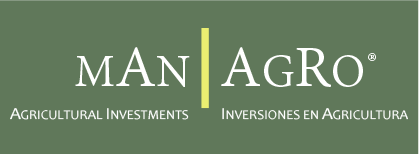Toward 1980, year of the foundation of CIARA (spanish acronym of Argentine Edible Oil Association), the oilseed oil industry in the country had begun to progressively develop, along with a growing world demand. That year, however, broke out under the influence of the serious international political crisis over Afghanistan, confronting the United States and the Soviet Union, which had taken place in December of the year before. This led to envisage a drop in international prices, also triggered by the surplus in the supplies of the previous cycle. At the turn of 1980, the Argentine soybean harvest was expected to be comfortably around 4.5 million tons (presently, it nears 50 million). With the prospect that the draught affecting Brazil and Argentina would soon end, the world soybean harvest projections for 1980 were of 100 million tons, above the 83 millions of the previous campaign.
According to a report of the National Ministry of Economy and Public Finances, of October 2011, in slightly over a decade, both the soybean sown surface as well as its produce showed an important growth, by 122% and 152% respectively. The strong dynamism evidenced by this crop is explained by the boom of the new technological package “RR Soybean + Glyphosate + Direct Sow”, whose application brought, in turn, a significant rise in productivity owing to:
- Larger and improved weed control.
- Minimum plowing, which favours soil preservation while reducing cultivation cycles, thus encouraging sowing on the same land twice throughout one agricultural campaign.
Ever since this package was applied, soybean has had a rising share in the country’s overall sown area, and the processing industry has increased its milling capacity, in accordance with the growth in oilseed production.
Soybean is the primary oilseed cultivated in Argentina. It stands out significantly, accounting for approximately 93% of production in July 2019, according to a report from the Ministry of Finance.





























